
Compassion
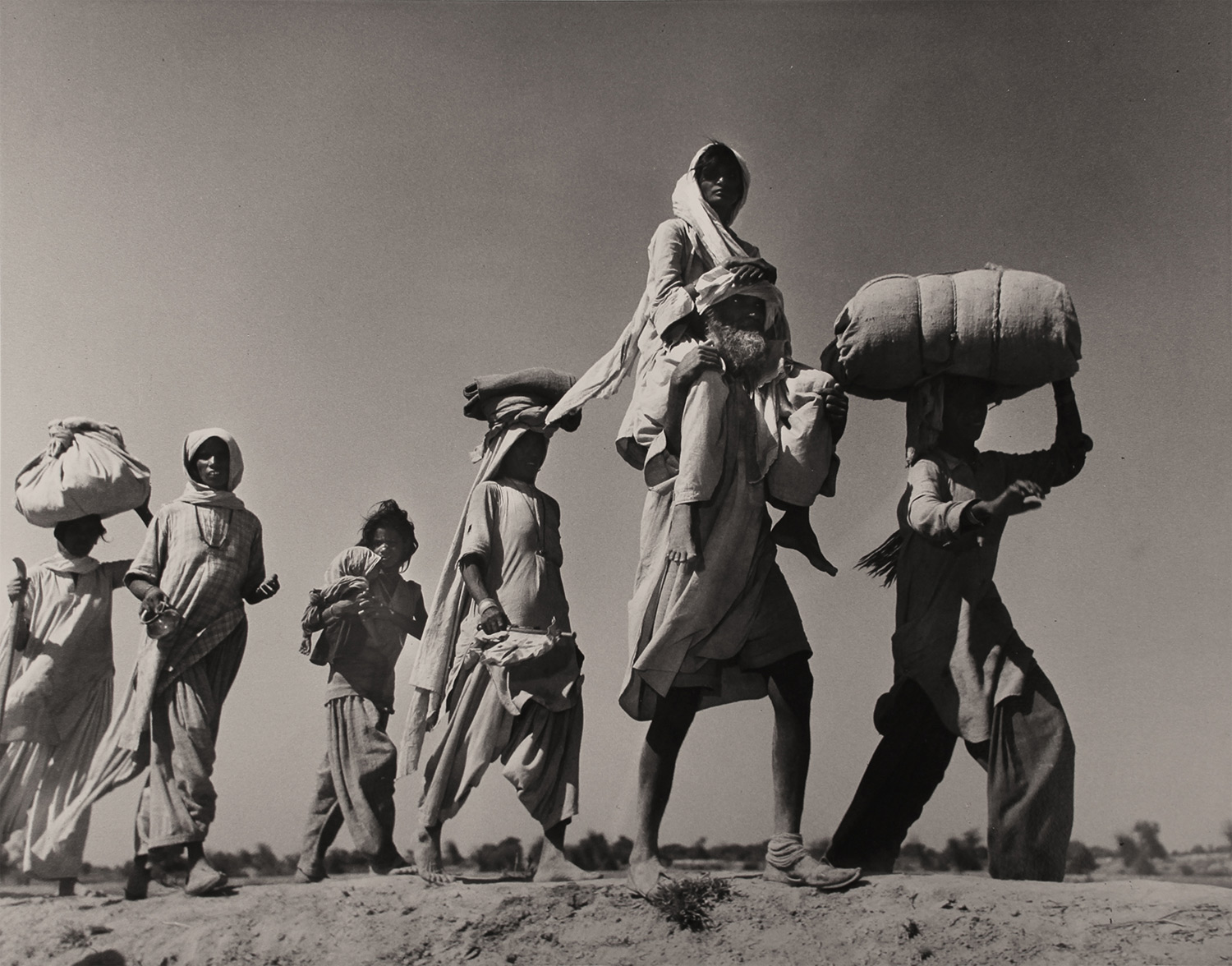
Renowned photojournalist Margaret Bourke-White went to India in 1947 to photograph Mohandas Ghandi and to document the migration of refugees between East and West Punjab.
With the end of British rule, the Indian Independence Act established two self-governing countries, India and Pakistan on August 15, 1947. The partition displaced over 16 million people along religious lines. There was mass violence and loss of life, and a devastating humanitarian crisis.
In this image Bourke-White captured a kafila, a human caravan of refugees in Punjab. While the photograph is known to have been carefully composed, the migrants' faces reflect the chaos, fear, and despair of this human tragedy. In her field notes Bourke-White identified the Sikh man carrying his sick wife on his shoulders as a farmer from Lyallpur district who was traveling to India. Exodus, Pakistan was published in Life magazine.
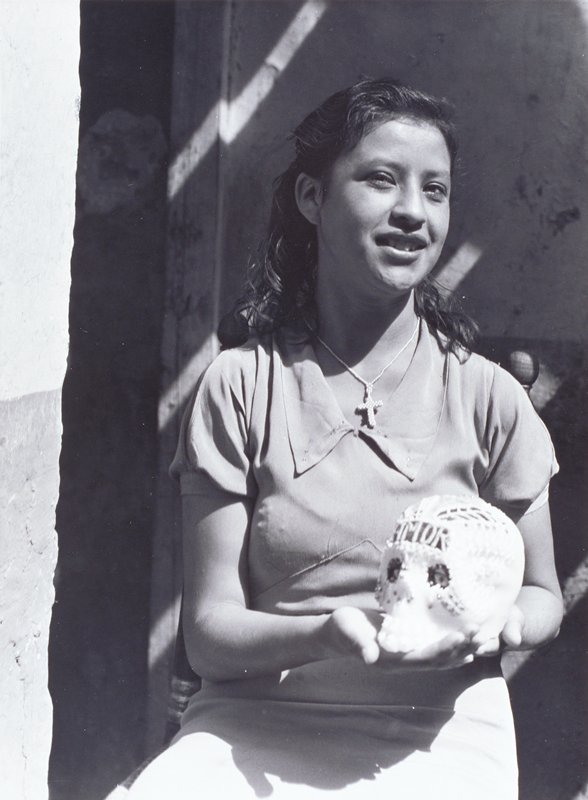
Mostly self-taught, Álvarez Bravo is recognized as one of the most important Latin American artists of the 20th century. In this photograph he captures the joy and delight of a young Mexican girl holding a calavera, a sugar skull, that will either become an offering on her family's altar or a delicious treat for her during the traditional Day of the Dead celebration. Álvarez Bravo often represents Mexico's cultural heritage, its indigenous people, peasants, and scenes from everyday life.
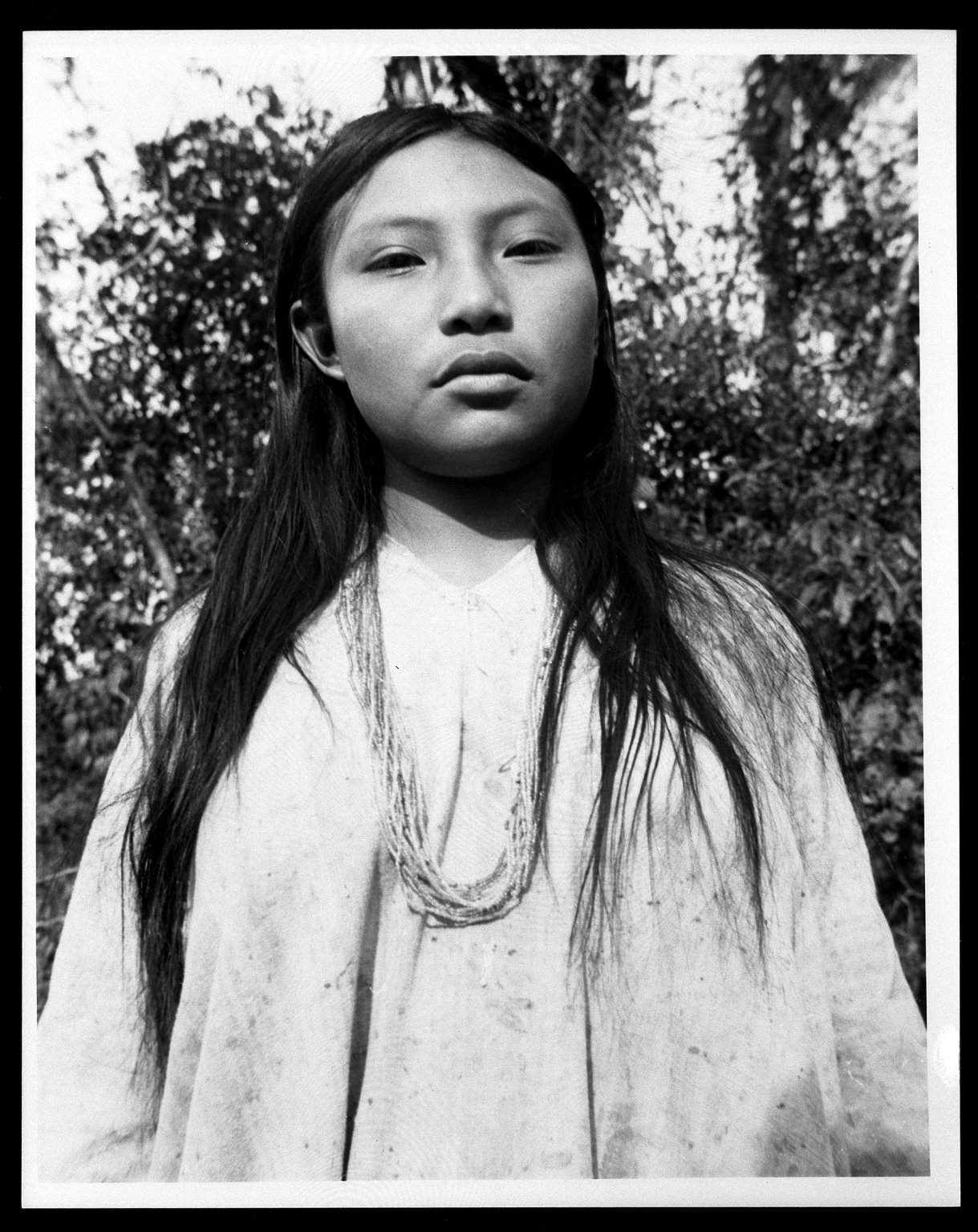
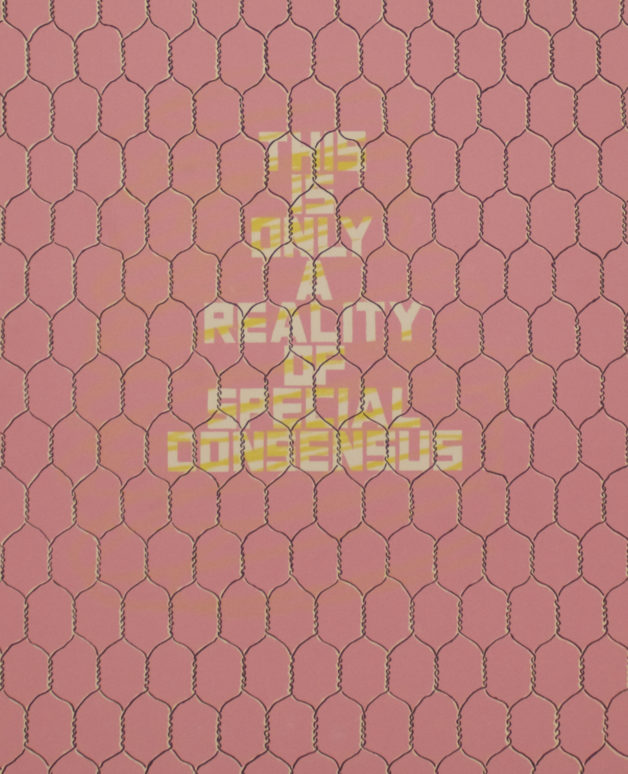
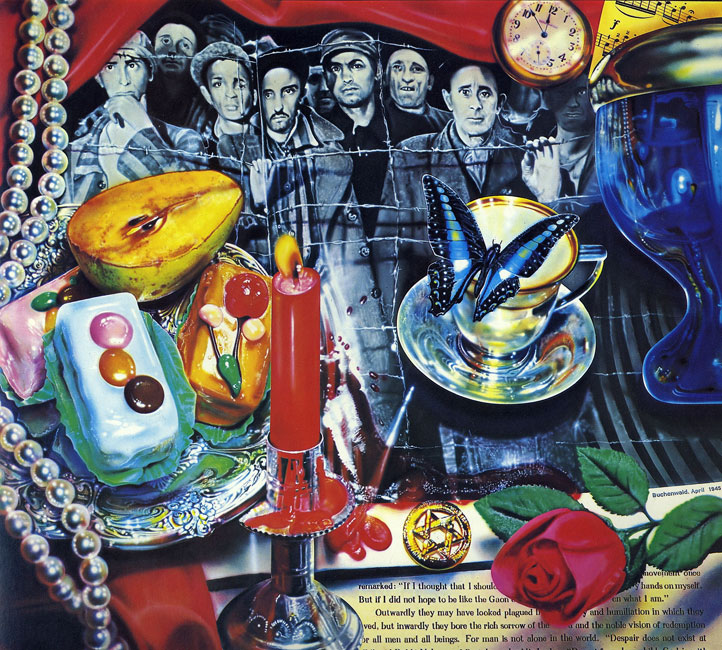
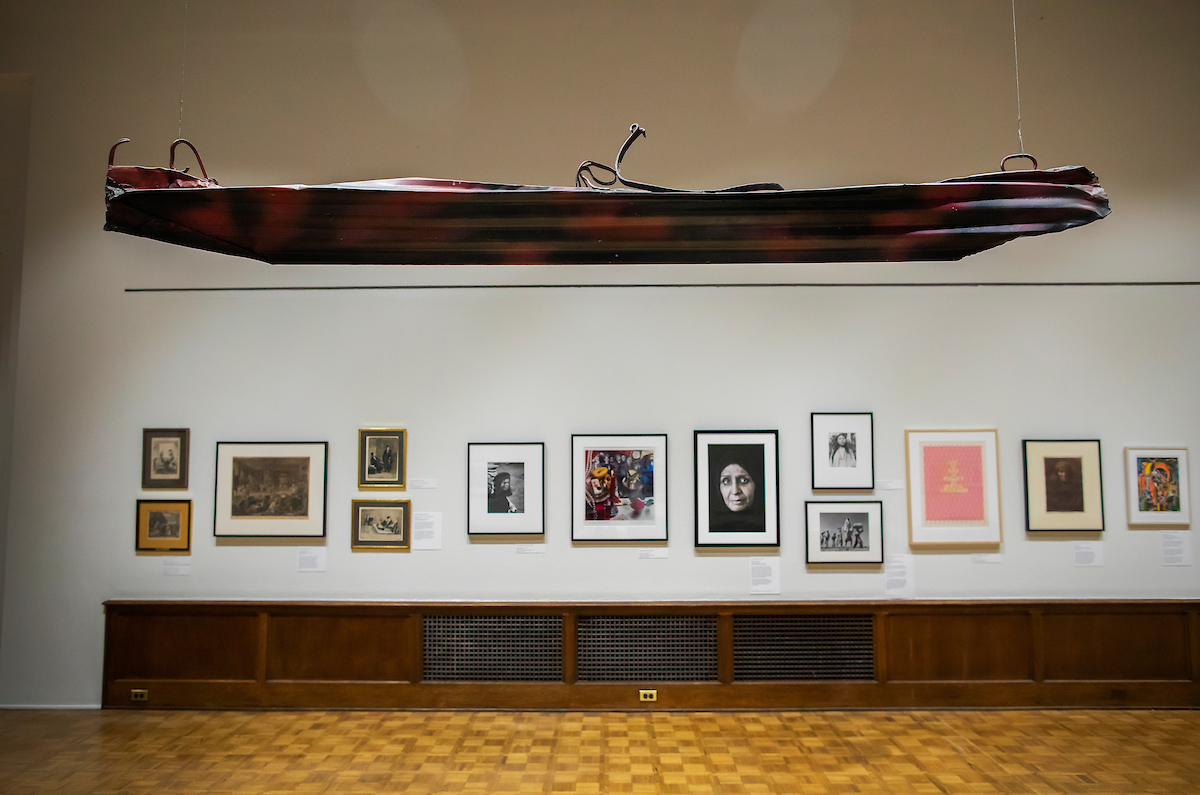
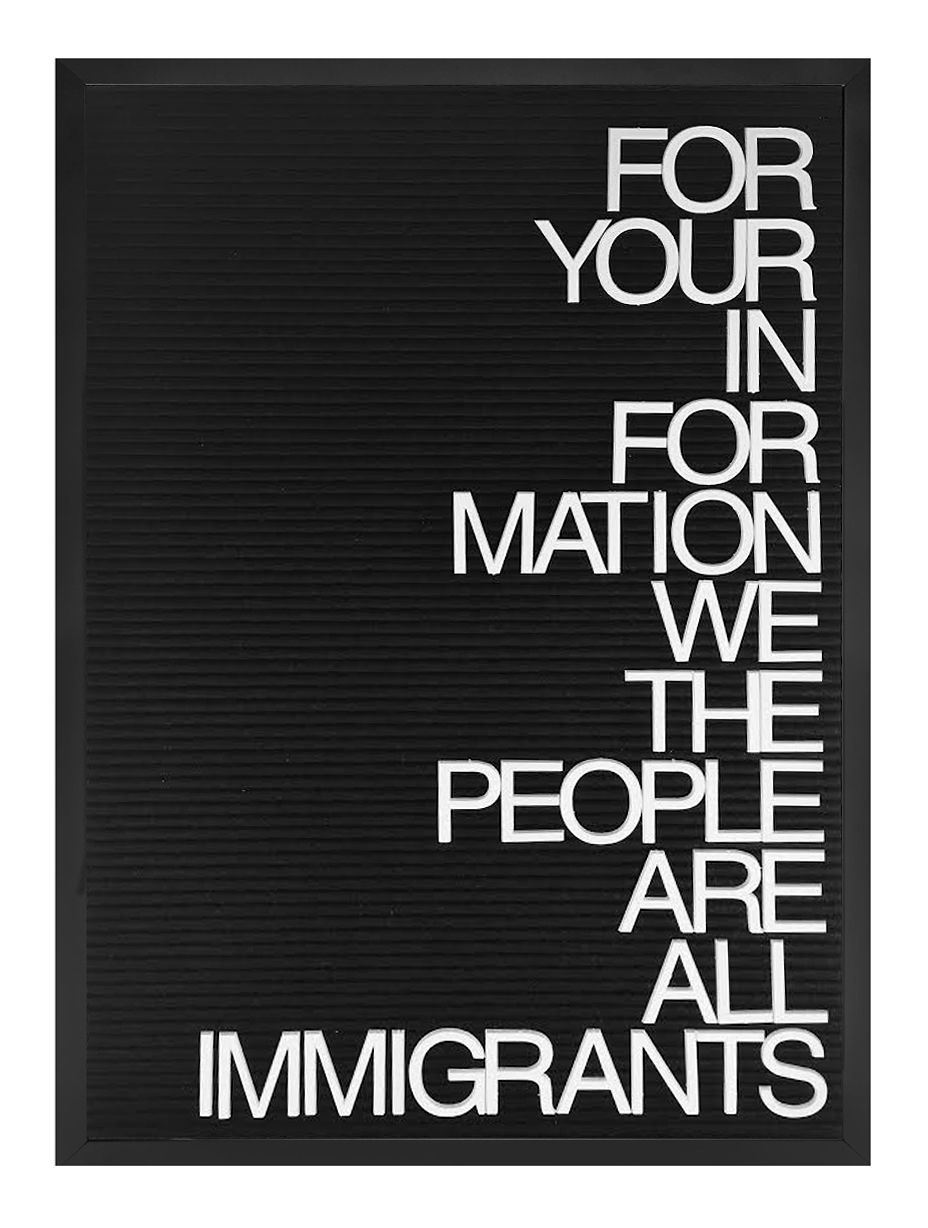
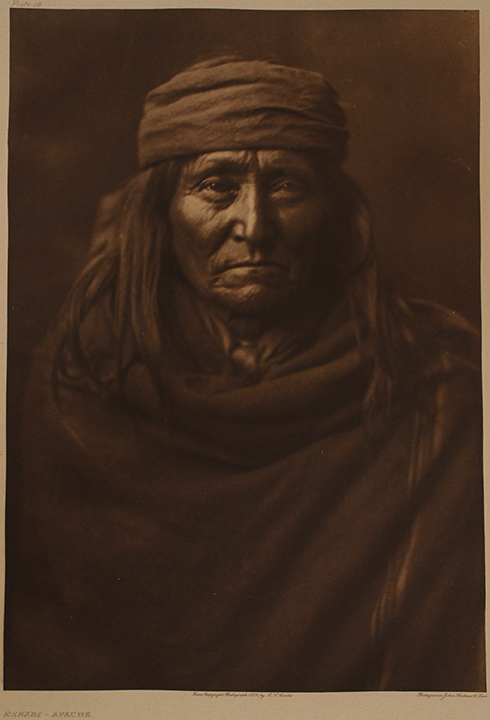
Edward Curtis began photographing indigenous peoples west of the Mississippi River in the 1880's with the belief that they were a "vanishing race". In 1907, he received funding from banker J. Pierpont Morgan to produce a 20-volume set entitled The North American Indian which contained 1500 photogravure prints. Some of the images were portraits, such as this one. Curtis also sought to capture "traditional" activities and carefully edited images to remove evidence of modernity, sometimes asking his subjects to reconstruct ways of life that had died out.
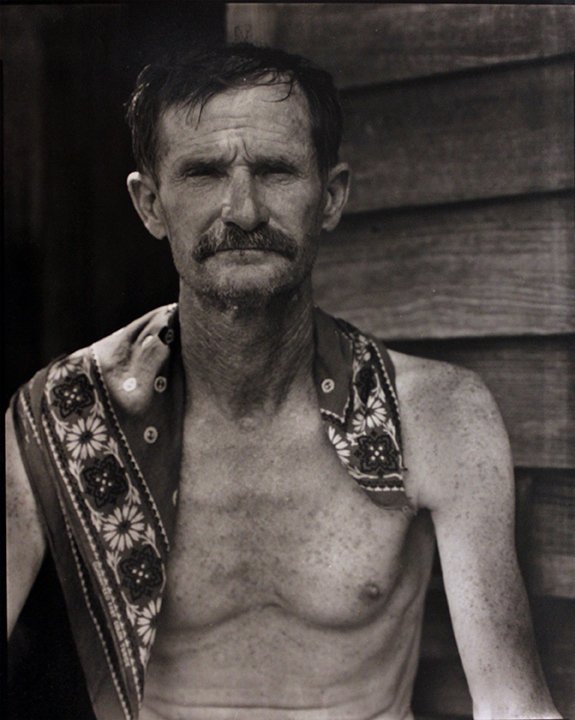
In 1935 Walker Evans began working for the Resettlement Administration / Farm Security Administration taking documentary photographs that focused on people, small-town life, churches, and rural architecture.
During the summer of 1936, Walker Evans and writer James Agee traveled to Hale County, Alabama where they interviewed and photographed three families for an article for Fortune magazine. This photograph of cotton sharecropper Bud Fields is one of several images taken of Fields and his family in Moundsville, Alabama during the depths of the Great Depression. Evans' honest representation of the faces, rooms, and clothing of the family reflect the hardship, dignity, and great need during those years.
In 1941 Agee and Evans published the book "Let Us Now Praise Famous Men", narrating in words and images that remarkable journey. Walker Evans was the progenitor of documentary photography and one of the most influential artists of the 20th century.
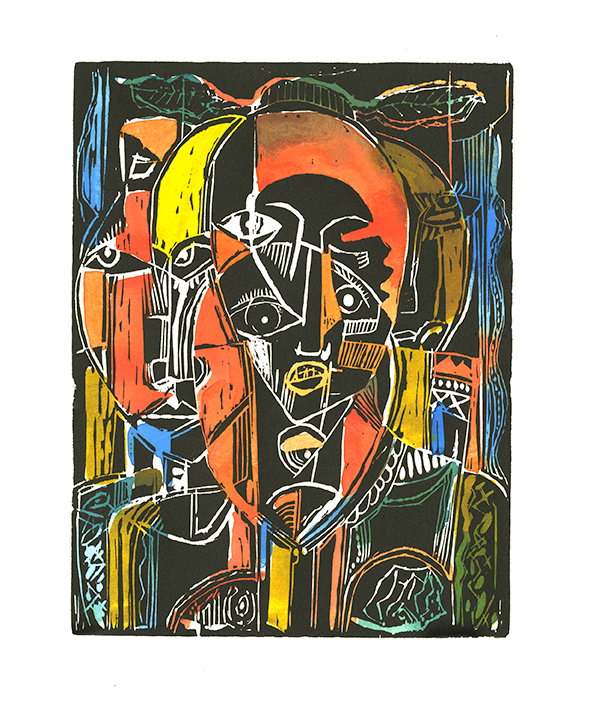
Renowned scholar, professor, curator, and artist David Driskell produced Mask Series II in collaboration with master printer Curlee R. Holton. In 2003 Holton invited Driskell to create a print, Brown Derby, at the Experimental Printmaking Institute at Lafayette College.
Over the next 17 years the two "Maestros" produced more than 40 prints together and developed a creative collaboration that sparked innovative techniques and a deep friendship. In 2014, Holton was appointed Executive Director of the David C. Driskell Center, expanding their shared projects.
Mask Series I is a relief woodcut printed in black and white. The digital pigments in Mask Series II reflect Driskell's use of vibrant and expressive color in his paintings and prints. This is the last print the two master artists completed together before Driskell's untimely death from COVID-19.
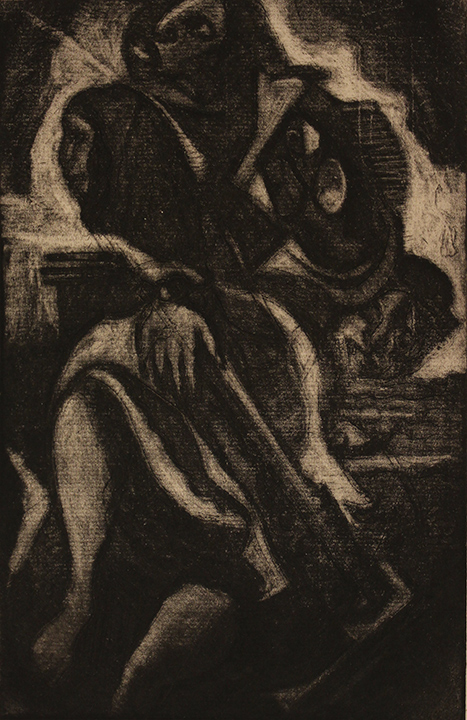
Dox Thrash was an influential African American artist living and working in Philadelphia during the Great Depression and New Deal. In 1937, he became the first African American artist hired to work at the Fine Print Workshop in Philadelphia where he was instrumental in inventing a new printmaking technique called carborundum mezzotint, which can produce a variety of tones from pale gray to deep black.
In this work, Masks, a central seated figure is surrounded by billowing white smoke, holding what appears to be a gas mask. The face of the figure is stylistically rendered and echoed in the subtle faces that appear in the composition, one in profile and one facing the viewer directly. The smiling face of this mask stands in stark contrast to the otherwise mysterious and somber scene.
